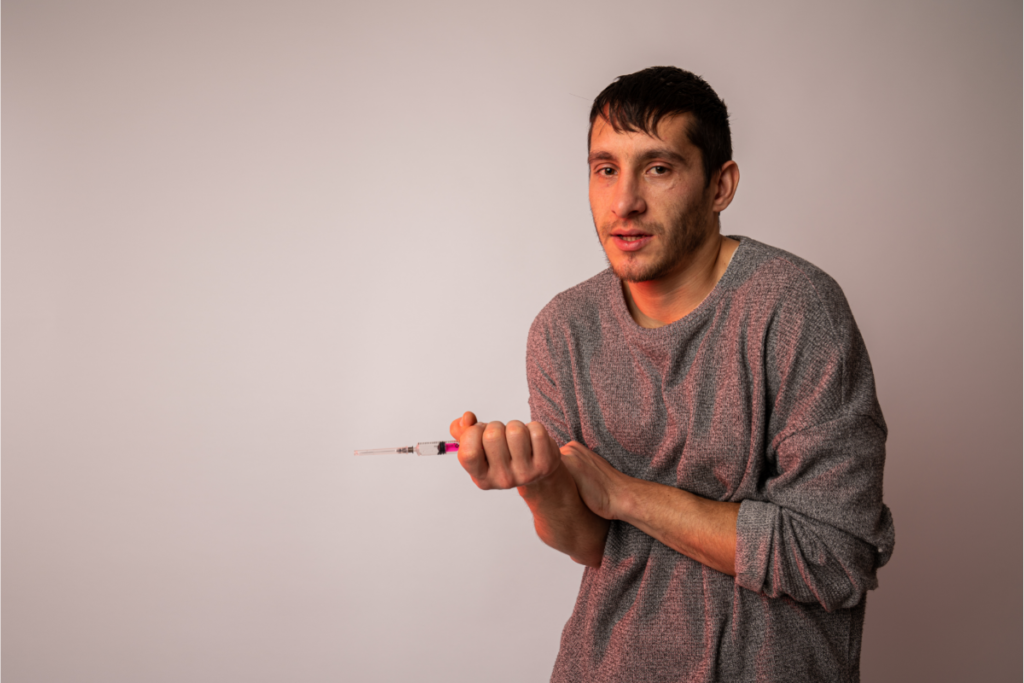Substance use disorder is one of the leading causes of preventable deaths in the United States today. So, we have to wonder what causes so many people to become addicted. Are some people more susceptible to the effects of drugs and alcohol? Can they overcome the addiction?
Understanding the signs of substance use disorder (SUD) begins with knowing the reasons for substance abuse. People who use drugs or alcohol as a coping tool are at higher risk of developing substance use disorder. They often have underlying emotional or mental health issues that fuel their substance misuse.
Why Do So Many People Become Addicted?
Substance use disorders usually begin with the experimental use of drugs or alcohol in social settings. Of course, no one intends to become addicted. They’re just curious or want to fit in with the crowd. But, repeated recreational use often leads to dependence or addiction in a short time.
Other reasons for substance abuse include:
- Family history of substance abuse
- Genetic predisposition
- Low self-esteem
- Depression
- Trauma, PTSD
- Peer pressure
- Environmental influences
Most people today are acquainted with someone who uses drugs or alcohol. But, how do you know if the person has a harmful dependence or addiction?
3 Most Common Signs of Substance Use Disorder
The signs of substance use disorder differ from the signs of recent use. For instance, recent use is evidenced by symptoms such as:
- Rapid, rambling speech
- Dilated pupils
- Behavioral changes
- Increased alertness
- Confusion, delusions
- Irritability, anxiety, aggression
But, the 3 main signs of substance use disorder can include these behavioral and physical signs:
- Intense urges for the substance
- Larger amounts are needed get the same effect
- Continuing to drink or use drugs despite adverse consequences
Of course, other telltale signs and symptoms are apparent when substance use becomes compulsive. If someone you know displays the 3 signs listed above, you may also notice the following:
- Frequently missing school or work
- Neglecting personal grooming
- Loss of appetite, weight loss
- Physical health issues
- Behavioral changes
- Financial issues
- Social isolation
Some people with SUD are successful at hiding the signs of their drug or alcohol use. They continue to work, perform daily responsibilities at home, and maintain a facade that nothing is amiss. But, over time, the facade crumbles and they must acknowledge that it’s time to seek help.
Signs of SUD Related to Specific Substances
The signs of substance abuse differ from one substance to the next. If you’re concerned about a friend or loved one’s substance use, knowing these signs can be helpful.
Specific signs of abuse associated with the most popular drugs or abuse include the following:
Marijuana
Marijuana and cannabis-based edibles induce euphoria. They produce heightened visual and auditory perceptions. The individual can seem to be forgetful and uncoordinated. Marijuana also increases appetite, so the person may eat more than usual. They may also become paranoid or suspicious. Outward signs of marijuana abuse are bloodshot eyes, a relaxed demeanor, droopy eyelids, and slow reaction times.
Alcohol
Overindulging in alcohol comes with many side effects and risks. But, the most common signs of alcohol abuse are poor coordination, slurred speech, and blackouts. Some people display impulsive behavior and signs of aggression or violence when intoxicated.
Opioids
Heroin, morphine, fentanyl, oxycodone, and codeine are painkillers that are the cause of millions of addictions and overdoses today. A few of the signs of opioid abuse include drowsiness, lack of awareness, poor coordination, psychotic behavior, memory problems, and seizures.
Other prescription drugs that cause addictions include:
- Antidepressants (Lexapro, Prozac, Zoloft, Celexa)
- Benzodiazepines (Valium, Klonopin, Librium, Xanax, Ativan)
- Sleep aids (Ambien, Sonata, Lunesta)
- Stimulants (Ritalin, Concerta, Dexedrine, Adderall)
Hallucinogens
Drugs such as LSD and PCP are commonly used as recreational drugs. They can cause symptoms such as hallucinations, impulsive behavior, memory problems, increased blood pressure, rapid heart rate, and many more.
Club Drugs
Club drugs such as Ecstasy (MDMA) produce symptoms that include, but are not limited to:
- Hallucinations
- Paranoia
- Chills, sweating
- Poor judgment
- Reduced consciousness
Many other popular drugs of abuse can cause symptoms that are unique to the drug itself. For instance, stimulants, inhalants, and meth each produce distinctive signs and symptoms of abuse.
People of any age, economic status, religion, or sex can become addicted to these drugs. Casual use may be the beginning of a lifelong addiction. It’s important to remember that some of the side effects of drugs or alcohol can be permanent. Many individuals suffer physical and mental complications that persist for years.
Treatment for SUD at Cycles of Change Recovery
The signs of substance use disorder are often ignored or unnoticed until serious consequences occur. If someone shows any of the above signs of substance use, they need professional treatment before serious consequences occur.
At Cycles of Change Recovery, you or a loved one can overcome substance use and enjoy a healthier, more rewarding lifestyle. Contact us at our Palmdale, CA facility today to learn about our programs. One of our representatives will talk with you and recommend a treatment plan that is best for your needs.
Sources:
- drugabuse.gov – Club Drugs
- drugabuse.gov – Hallucinogens DrugFacts
- webmd.com – Drugs to Treat Insomnia


